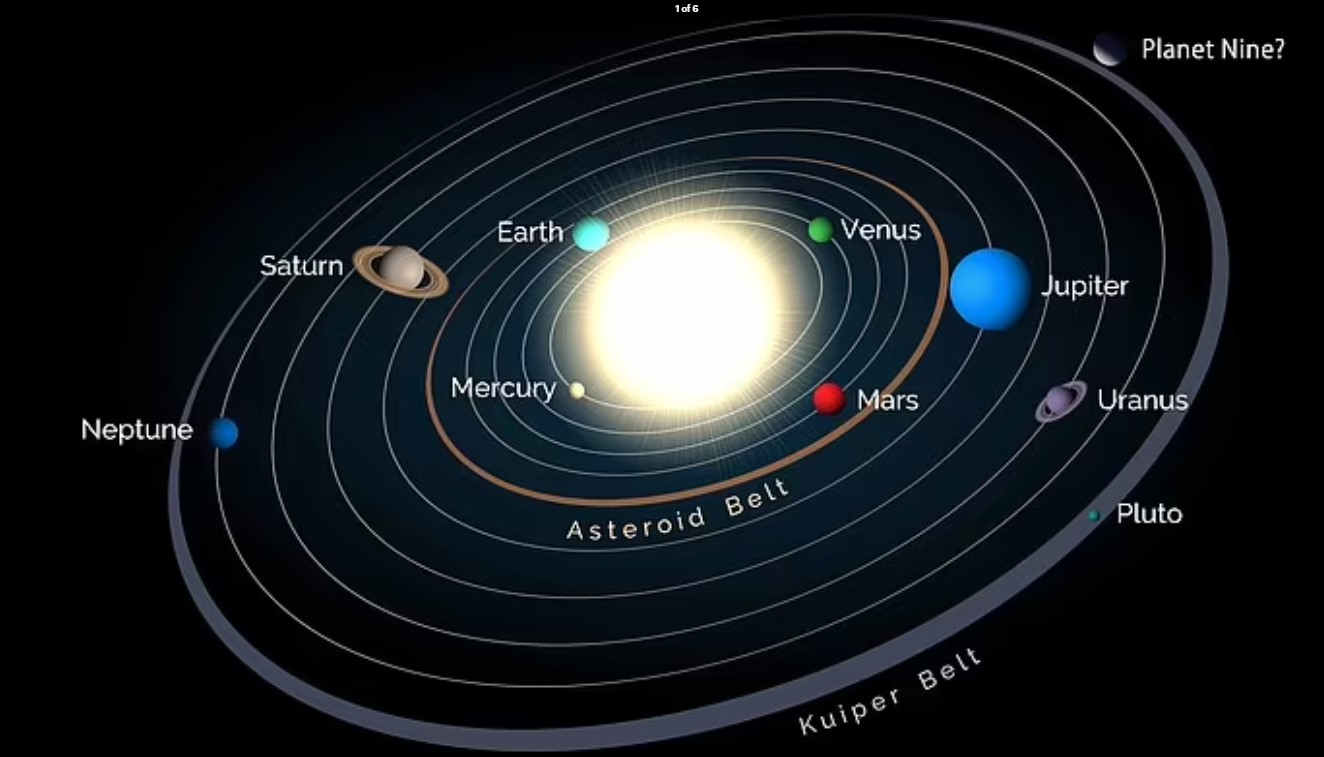
Japanese astronomers predict the existence of a new “Earth-like” planet that is already very close to us.
According to scientists, the new planet is hidden in the Kuiper Belt – which is why it is called the Kuiper Belt Planet (KBP) – which is up to 500 astronomical units away from the Sun, that is, 500 times the distance between the Earth and the Sun.
The Kuiper Belt is a ring of donut-shaped objects extending far beyond the orbit of Neptune.
Experts say KBP is three times larger than Earth, but temperatures may be too cold to support life as we know it.
The study was conducted by Patrick Sofia Likoka of Kindai University in Osaka, Japan, and Takashi Ito of the National Astronomical Observatory of Japan in Tokyo.
They say in their research, which was published in the scientific journal “The Astronomical Journal”: “We expect the existence of an Earth-like planet.”
“It is plausible that a primitive planetary body could survive in the distant Kuiper Belt as a KBP, as many such objects existed in the early solar system.”
The Kuiper Belt is known to contain millions of icy objects, referred to as trans-Neptunian objects (TNOs), precisely because they lie beyond Neptune.
TNOs are thought to be leftovers from the formation of the solar system, made up of a mixture of rock, amorphous carbon, and volatile ices such as water and methane.
“TNOs’ orbits could indicate the existence of an undiscovered planet in the outer solar system,” says the Japanese team.
“These rocky and icy bodies are remnants of planetary formation in the outer solar system.” The team noted that some of these objects have “special orbits” that indicate they are gravitationally affected by something larger nearby.
The belt also contains a large number of high-inclination objects, which are those with a large tilt as they orbit around the Sun. Computer simulations suggest that the hypothetical KBP planet may be responsible for these results.
“We determined that the presence of an Earth-like planet in a distant, tilted orbit could explain three fundamental properties of the distant Kuiper Belt,” they wrote.
«[Πρόκειται] A large group of TNO objects with orbits exceeding the influence of Neptune’s gravity, a large number of high-inclination objects, and the presence of some extreme objects with strange orbits.
Experts point out that they predict the existence of a Kuiper Belt planet more than they confirm it, as more research will be needed.
With information from the sun

“Total alcohol fanatic. Coffee junkie. Amateur twitter evangelist. Wannabe zombie enthusiast.”





More Stories
NASA: An impressive simulation shows what it would be like if we fell into a black hole
Before April 2025, the Switch 2 will be presented, Nintendo promises – Nintendo
EXCLUSIVE: Xbox is shutting down Arkane Austin, Tango Gameworks, and more studios